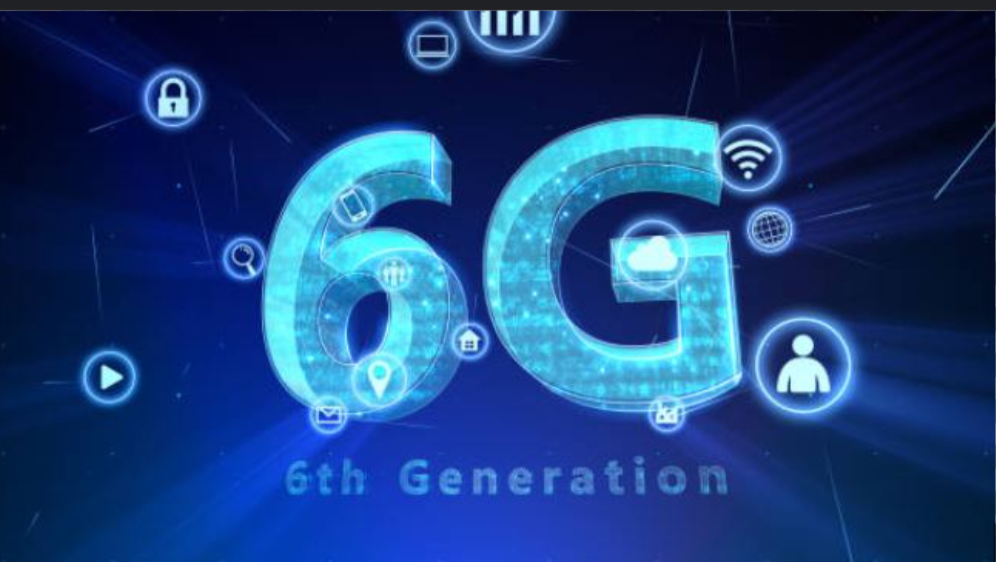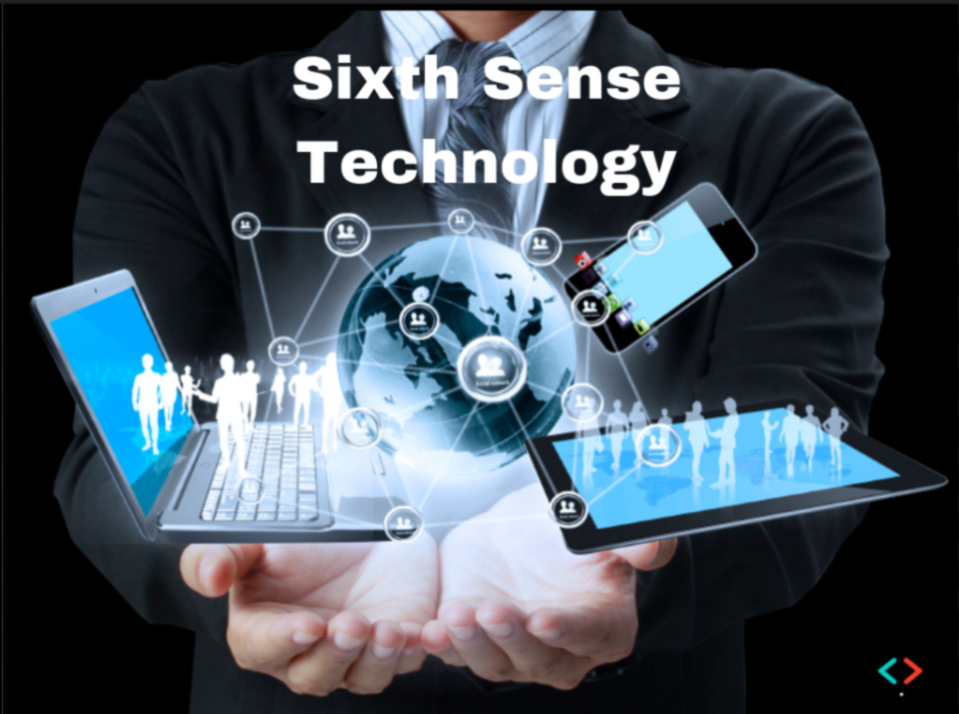As we step into a new era of technological advancements, 6G technology is set to redefine mobile networks, offering unprecedented speed, ultra-low latency, and seamless connectivity. Targeted at tech enthusiasts and early adopters, this article explores the groundbreaking capabilities of 6G and its potential impact on industries like artificial intelligence (AI), the Internet of Things (IoT), and smart cities.

Unmatched Speed: A Leap Beyond 5G
6G is expected to deliver speeds exceeding 100 Gbps, far surpassing 5G’s peak speed of around 10 Gbps. This leap in speed will not only enable instant downloads and ultra-HD streaming but also revolutionize real-time data exchange. Imagine downloading an entire season of your favorite show in seconds or experiencing high-fidelity VR and AR applications without lag. Such advancements will be critical for AI and machine learning, allowing devices to process and analyze vast amounts of data instantly.
Ultra-Low Latency: Enabling Next-Gen Innovations
Latency—the time delay in data transmission—is another area where 6G will bring significant improvements. Expected to achieve latencies lower than one millisecond, 6G will power innovations like autonomous vehicles, remote surgery, and real-time holographic communication. This responsiveness will create a seamless, immersive user experience, making smart services more efficient and reliable.
Expanding Connectivity: A Truly Smart Ecosystem
6G is designed to connect trillions of devices simultaneously, expanding the Internet of Things (IoT) ecosystem like never before. This will enhance:
- Smart cities, optimizing urban infrastructure with real-time data for traffic management, energy efficiency, and public safety.
- Wearable technology, allowing seamless health monitoring and AI-driven personal assistants.
- Industrial automation, improving efficiency in manufacturing and logistics through ultra-fast, AI-integrated communication.
This level of connectivity will enhance safety, convenience, and business opportunities, making everyday life smarter and more efficient.
6G vs. 5G: What Sets Them Apart?
While 5G has transformed mobile broadband and connectivity, 6G aims to create an intelligent, adaptive, and immersive digital experience. With deeper AI integration, 6G networks will analyze, predict, and optimize user interactions, leading to a more personalized and context-aware technology experience.
Challenges in 6G Deployment
Despite its immense potential, rolling out 6G will come with significant challenges:
- Infrastructure development will require massive investments and global collaboration.
- Spectrum allocation needs careful regulation to prevent congestion and interference.
- Device compatibility will require technological advancements to support 6G's higher speeds and frequencies.
- Environmental impact must be addressed to ensure sustainability as network density increases.
When Will 6G Be Available?
Experts predict that 6G commercial deployment could begin as early as 2030. However, ongoing research and collaboration among governments, tech companies, and academic institutions will play a crucial role in ensuring a smooth transition from 5G to 6G.

Conclusion: A New Era of Connectivity
6G technology represents a paradigm shift in mobile networking, promising lightning-fast speeds, near-instant latency, and expansive connectivity. Its impact on industries and everyday life will be transformational, paving the way for AI-driven automation, smarter cities, and more immersive digital experiences.
As we move toward this exciting future, staying informed and prepared will be essential. Whether you’re a tech enthusiast, industry professional, or casual user, the arrival of 6G will redefine how we connect and interact with technology—ushering in a new era of limitless possibilities.